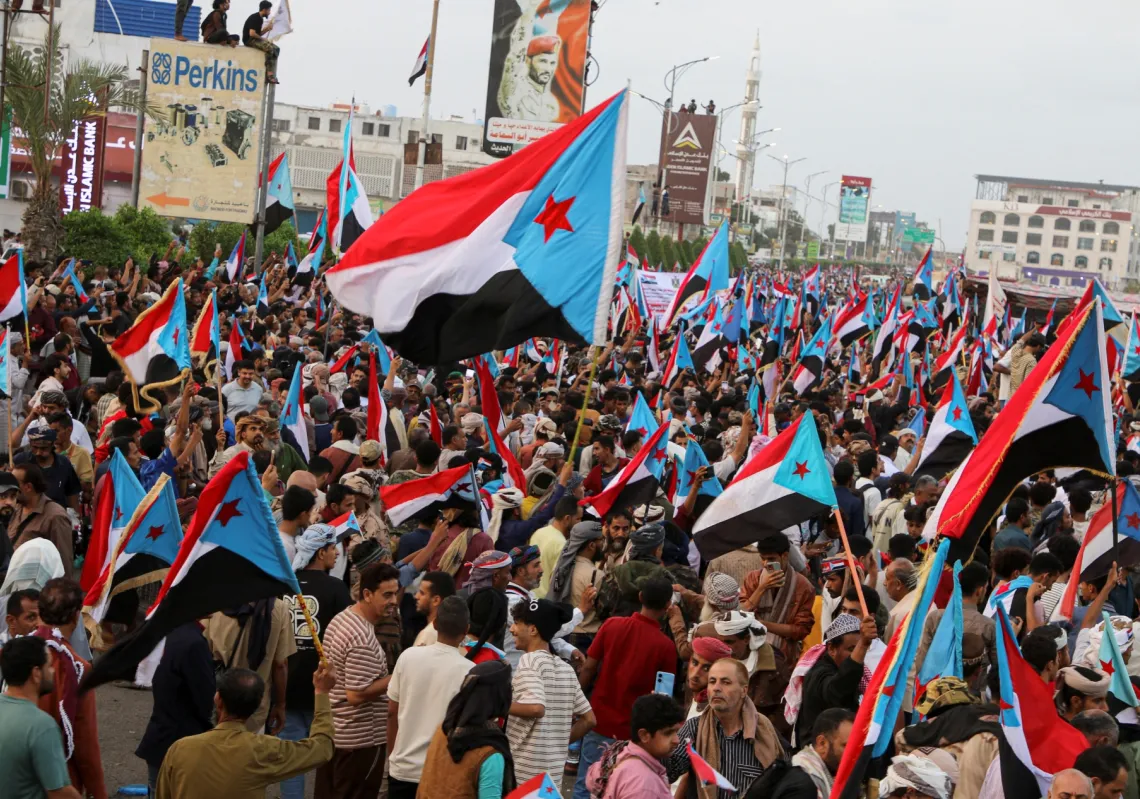Riyadh: One of the most influential sets of data that will help shape Saudi Arabia’s ambitious reform agenda has been released, and analysis of it will help shape policies in the Kingdom while offering insight into how far the Vision 2030 initiative has already come.
The latest census, from Saudi Arabia’s General Authority for Statistics, is one of the most detailed and up-to-date population surveys undertaken anywhere in the world, with an accuracy rate of up to 95%.
As part of the Kingdom’s moves to promote transparency, professionalism, and thoughtful global economic openness, the census provides the objective numbers needed to feed the process.
It has put attention back on one of the Kingdom’s biggest demographic factors: its young population.
An average age under 30
The census, undertaken in 2022, put the average age of Saudis and expatriates living in the Kingdom at 29. Excluding expatriates, the average age is 25. And Saudis under the age of 30 amounted to 63% of the population.

Overall, there are 32.2 million people in the country – 18.8 million Saudis, or 58.4% of the population, and 13.4 million non-Saudis, or 41.6% – with 19.7 million males, or 61%, and 12.5 million females, or 39%.
Saudi Arabia Census Shows Total Population of 32.2 Million, of Which 18.8 Million are Saudis.https://t.co/QS3FOrpOfG#SPAGOV pic.twitter.com/7FnFVOnx6q
— SPAENG (@Spa_Eng) May 31, 2023
The population is also notably urban. The main cities of Riyadh and Mecca and the Kingdom’s Eastern Province are home to 68% of the country’s inhabitants. Riyadh, the capital, is the most populated Saudi city, followed by Jeddah, Mecca, Medina, and Dammam.
Household make-up
There are 4.2 million Saudi households, with an average of 4.8 members, with 50.2% of them male and 49.8% of them female. The average number of non-Saudi household members was 2.7, with 76% of them male.
The findings of the census will underpin the Kingdom’s economic and social policy-making, according to Faisal bin Fadhil Al-Ibrahim, Saudi Arabia’s minister for the economy and planning, who is also the chairman of the board of the General Authority for Statistics.
The data, gathered in 2022, will provide an accurate and reliable statistical database that can be used by key decision-makers. The numbers can be used to help draft development plans for a range of sectors and to measure the performance of government agencies.

















